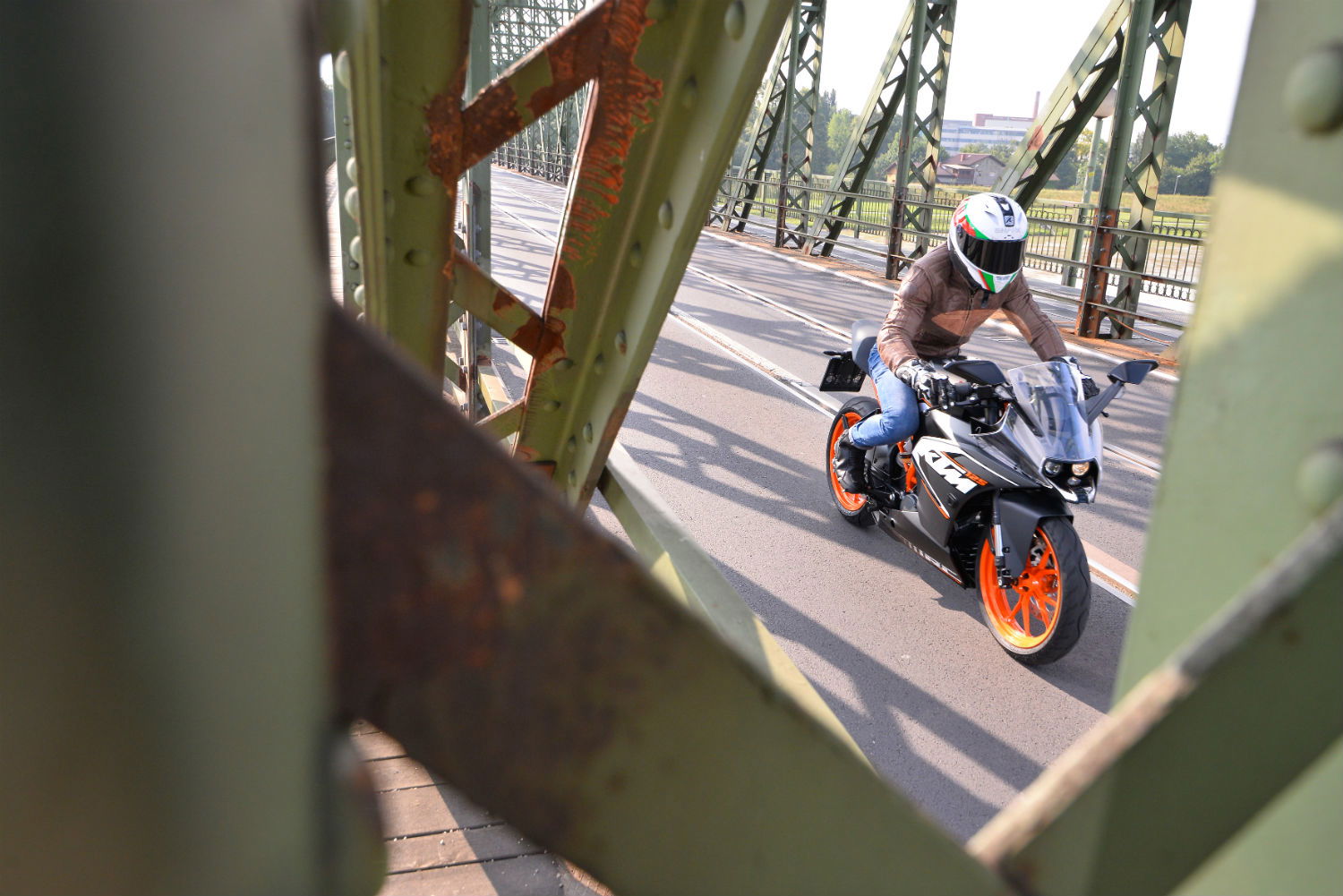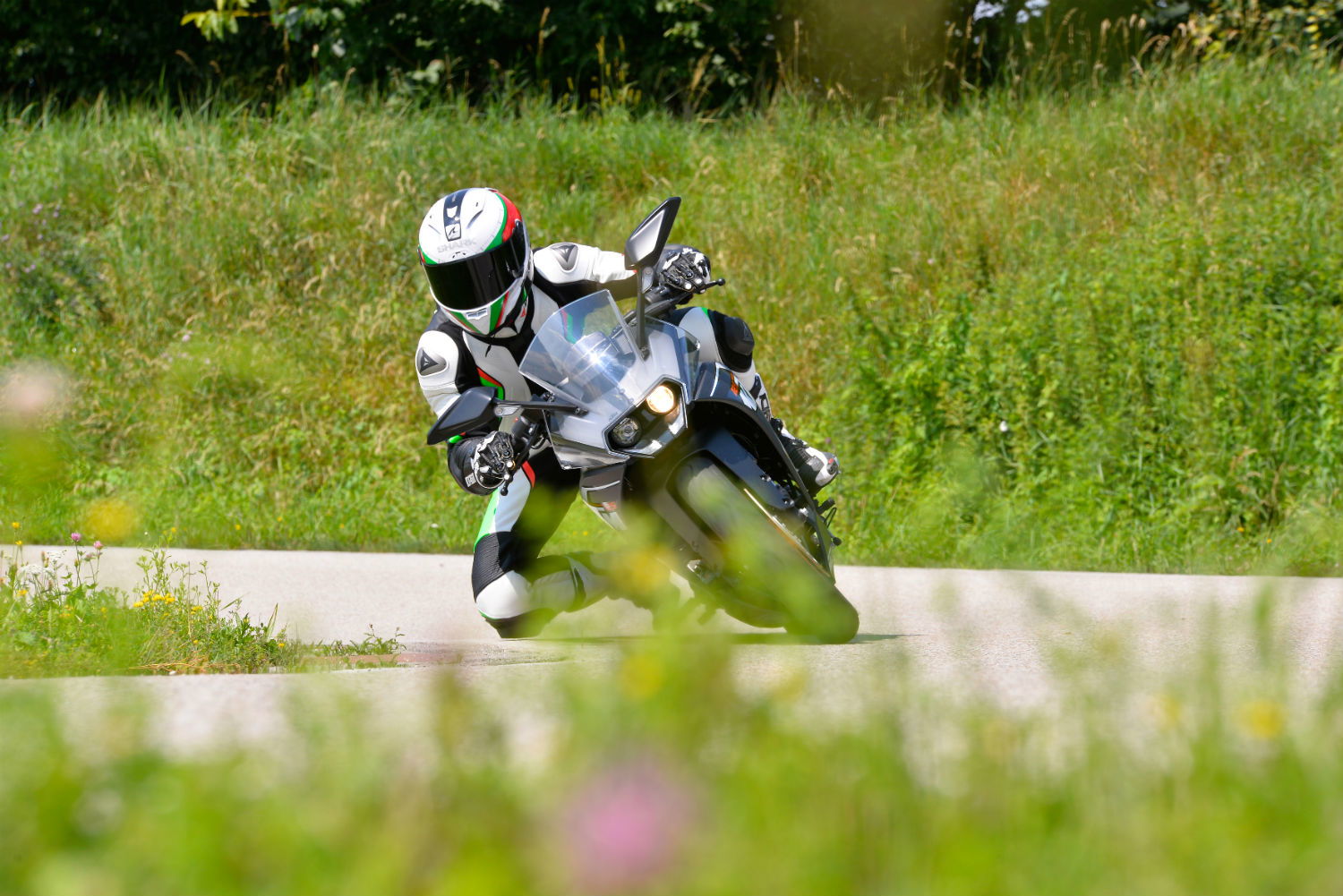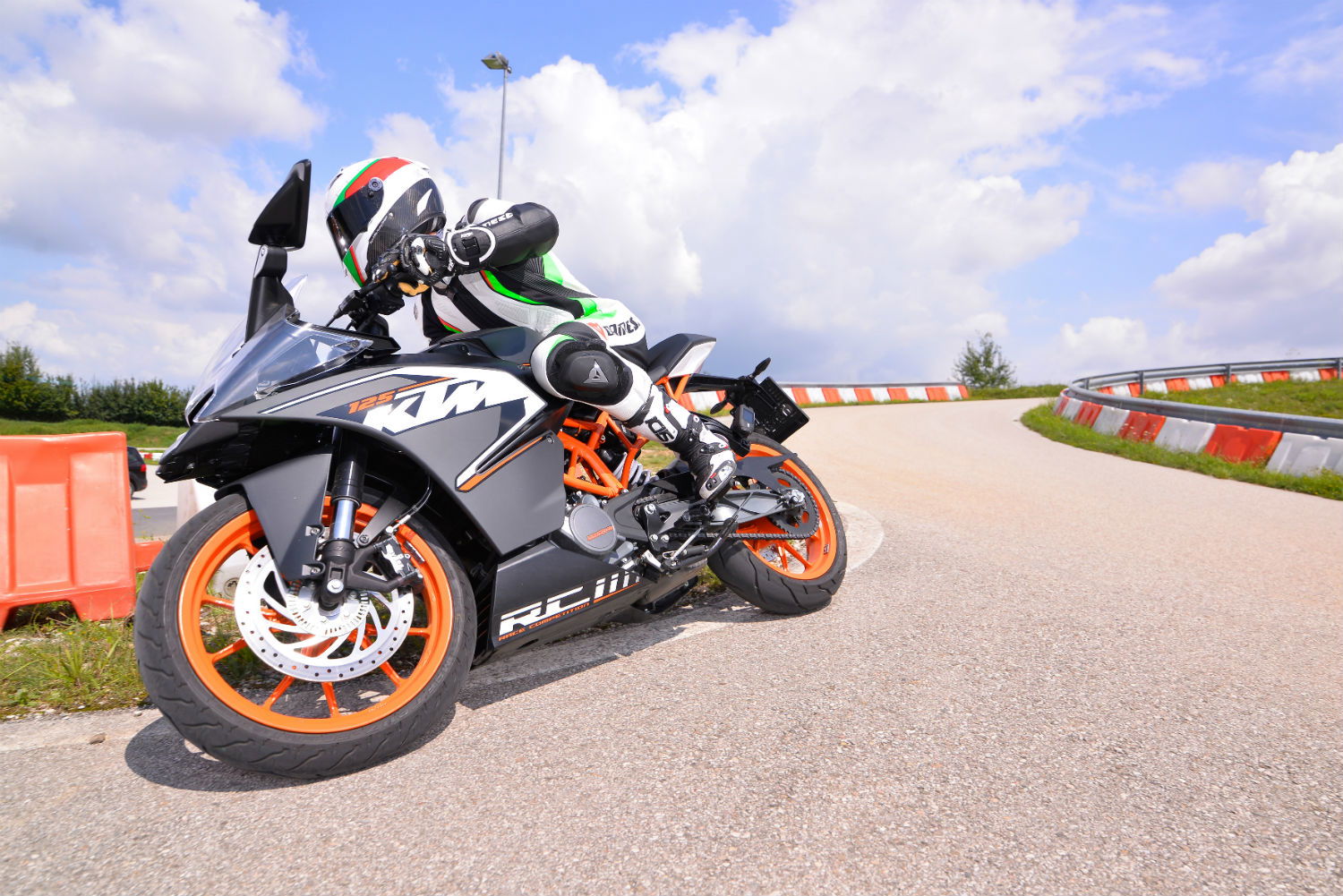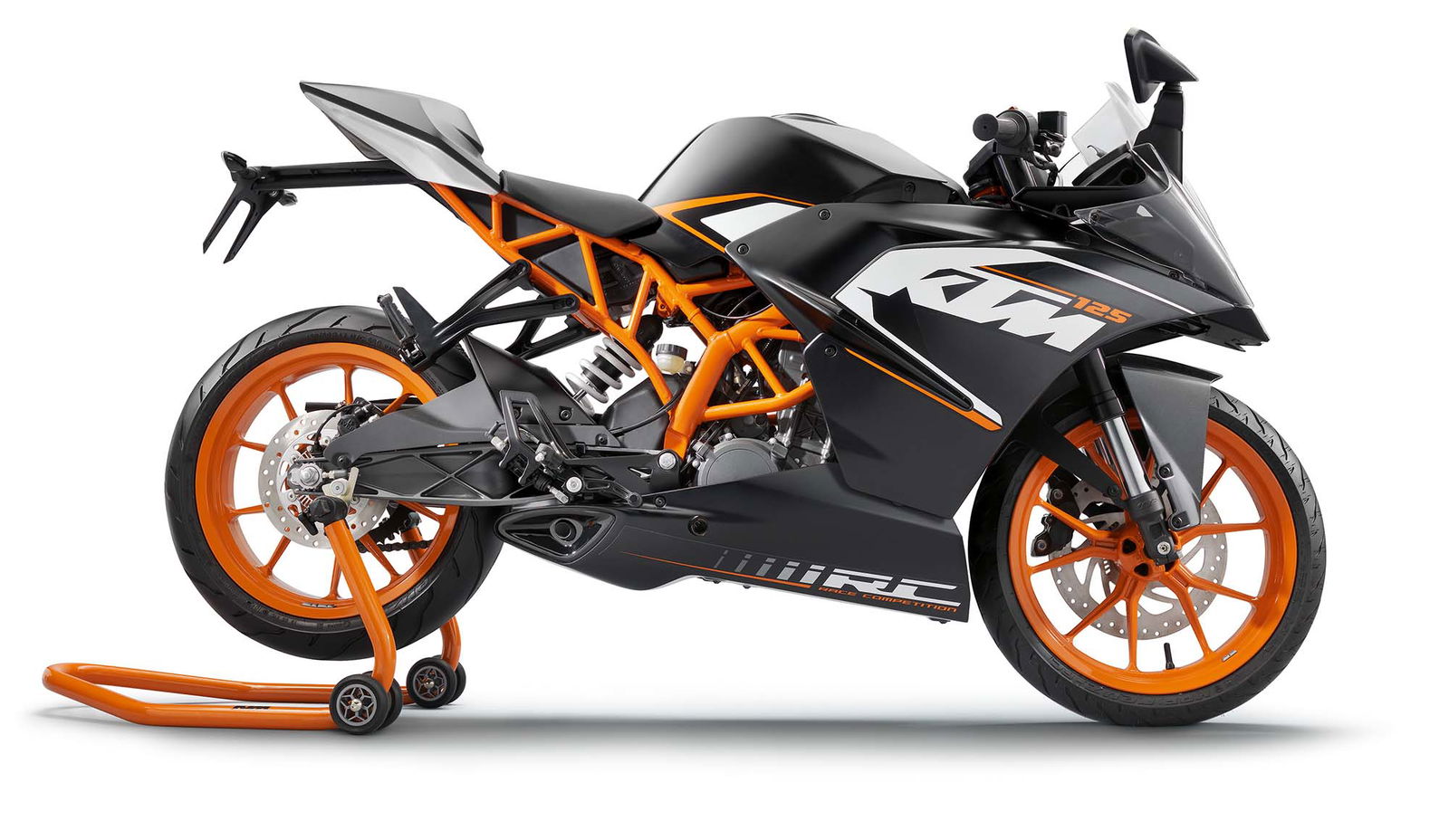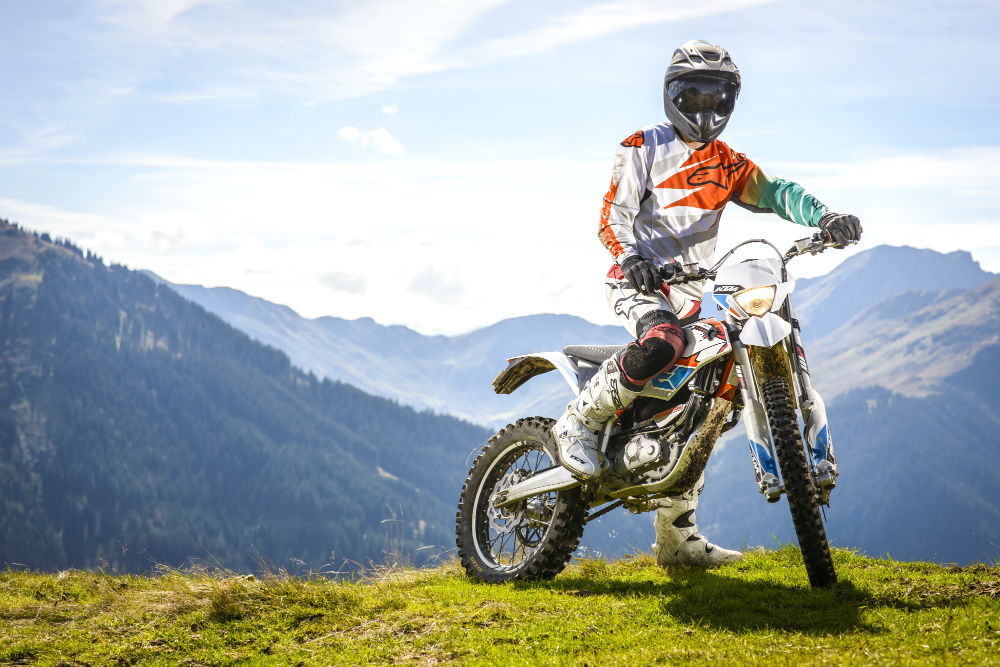First ride: KTM RC 125 review
The new class-leader or is £4,499 simply too much for a 125?

BACK IN 2008, Yamaha launched the YZF-R125 - it was the first truly desirable four-stroke 125cc supersport and turned out to be nothing short of a huge sales success for the Japanese firm. Since it’s inception from drawing board to reality six years ago, over 45,000 units have been sold, so there’s little surprise that KTM want in on a piece of the pie.
But does the RC 125 bring anything new to the table or is it just a bit of a copycat six years too late? Whilst the two bikes do share some similarities, the KTM certainly has a few tricks up its sleeves.
Perhaps the standout features of the RC 125 over its competitors are Bosch ABS brakes as standard and a large 150 section rear tyre. It’s not uncommon to find that sized rubber on bikes that produce up to 50hp, so there's plenty of grip on offer; it also lends itself nicely to giving the RC a proper ‘big-bike’ look from behind.
However, it was clear from KTM’s presentation at the press launch in Austria that their goal was not just to mimic the form, but also the function of a larger bike. Suspension duties are carried out by WP at both ends with USD forks up front and a rear shock adjustable for preload. At 43mm in diameter, the fork stanchions are the same size as what you’d find on KTM’s 173hp RC8R flagship sportsbike.
And boy does the setup work. Our two-hour stint on a test track was perhaps the most telling of how capable the little RC really is. There’s no excessive fork dive under heavy braking or loss of composure over bumpy surfaces, instead the bike accurately slices into and out of corners just how you’d expect a 140kg lightweight to do.
Despite - rather disappointingly - being fitted with Indian budget tyres, ‘MRF Revs’ to be precise, what impressed me no end was the level of feedback from the front end. Where the new Yamaha YZF-R125 and naked MT-125 share the same chassis geometry, which is no doubt a cost-cutting exercise in disguise, the RC 125 gets a completely different setup from its naked counterpart. The steering head angle has been steepened and there’s less trail, giving the bike a shorter wheelbase than the Duke 125. All of these tweaks make it quick-steering and more agile, whilst offering confidence-inspiring levels of feedback to the rider.
The engine makes the maximum amount of power permissible for the A1 riders’ license - that’s 15hp, with peak power at 9,500rpm and 8.8ft.lb of torque at 8,000rpm. Power delivery is smooth and linear all the way up to the 10,500rpm redline, and the fitted balancer shaft does a good job of removing engine vibrations, even when you’re bouncing off the limiter at 84mph in its sixth and final gear.
The lack of engine braking you find in small engines always takes some getting used to but in this case highlighted perhaps the weakest link in the RC 125 chain - the braking setup. Despite sporting braided lines, large brake discs and a radial four-cylinder caliper at the front from Bybre, a sub-division of Brembo; the brakes had a hard time of keeping up with the rest of the bike.
There’s a fair amount of lever travel before you get any real bite and it only took a small handful of laps on track before they began to fade. They’re not terrible by any means, they just simply don’t match the performance on offer from the bike’s other components. Whilst that may sound like a backhanded compliment, it’s praise to the rest of the bike.
However, sheer braking power aside, the Bosch ABS works wonders. You can turn it off at the switch of a hidden button, but really, there’s no good reason to. It’s not particularly intrusive on track, where many systems chime in too early, and it’s a saviour on wet slippery roads roads, a trait particularly useful to new riders who I imagine this bike is aimed at.
Gone seem to be the days of anything analogue and the RC 125 follows suit. The KTM gets a multifunctional LCD display showing all the basics as well as a fuel gauge, service interval reminder, gear indicator and shift lights. It’s compact and comprehensive, and reminded me of why small engines like this can be so great - fuel efficiency. Having covered at least 80 miles of road riding, followed by a two-hour track session, the fuel gauge had dropped only one of nine bars from the RC’s 10L tank. According to the dash, the bike was achieving 70mpg.
And distances like those are more than achievable thanks to the layout of the clip-ons and rear-sets. The riding position is sporty but not excessively so. You’re not hunched over the tank with your wrists forced outwards and your knees tucked up against your elbows. Instead, you get wide bars which help distribute your bodyweight effectively and make for a more comfortable riding experience without hindering the RC’s sporting potential.
If I was being picky I'd want a softer seat. The 820mm seat height wasn’t an issue but after a couple of hours in the saddle I certainly knew it. But then again I’m relatively skinny so may not have the ‘cushioning’ properties of other riders. The rear-sets and passenger footpegs are grippy but have a messy finish where the rubber grip has presumably been glued on, and the mirrors which have smart integrated LED indicators require a bit of arm movement to be able to see out of properly.
Those niggles aside, it’s well made and offers a very convincing alternative to other bikes in its class, especially when you consider innovative designs like the comfortable rubber pillion seat that could easily pass for a seat cowl.
At £4,499 there’s no denying that the RC is expensive. Commanding such a large premium for a 125cc is bold but remind yourself that the Duke 125, one of KTM’s best selling bikes, costs only £500 less.
It’s well put together, capable, fun and unique, and I think Yamaha would be lying if they said they weren't nervous about this new kid on the block.
Model tested: KTM RC 125
Price: £4,499
Power: 15hp
Torque: 8.8lbft @ 8,000rpm
Dry weight: 135kg
Tank capacity: 10 litres
Seat height: 820mm
Available: early September
